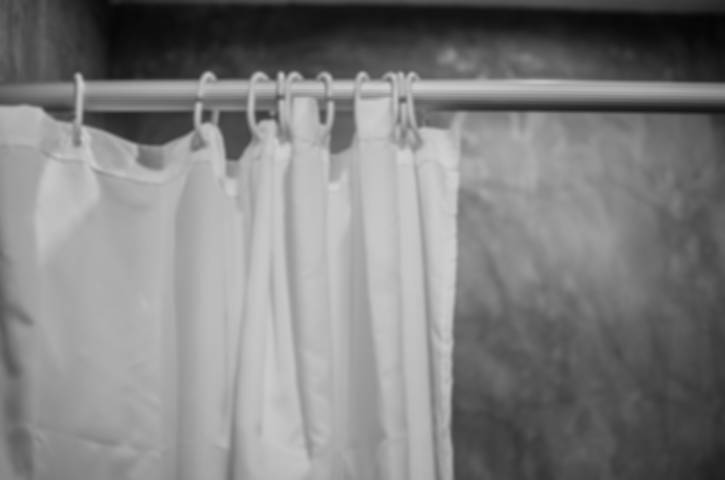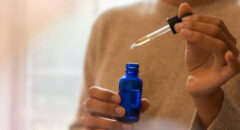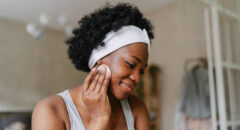 Is there bacteria lurking in your shower? While plenty of products claim to rid your bathroom of potentially harmful mold growing inside of your fixtures, a new study calls their bluff.
Is there bacteria lurking in your shower? While plenty of products claim to rid your bathroom of potentially harmful mold growing inside of your fixtures, a new study calls their bluff.
“Showerheads are often wet and so offer a realm in which life can live,” research says. “That life can colonize showerheads either from the water itself (tap water contains many kinds of life, from bacteria to nematodes to crustaceans, as does bottled water), or from those organisms that bounce back up onto the showerhead from your body when you stand and cleanse.”
“They are the desert washes of your home, places of both bounty and hardship. This mix of soaking wet and bone dry provides circumstances that favor unusual sorts of microbes.”
In fact, per the study, conducted by Noah Fierer, Project Lead, University of Colorado, CIRES and his team, “As you sing they settle.”
“When you take a shower there are microbes to which you are exposed, daily. The microbes on your showerhead become airborne as you shower and then fall down onto your body but also into your mouth and nose.”
So, what does shower head sickness look like?
While a healthy person need not be alarmed, experts say...
...those with compromised immune systems or lung conditions may want to take baths instead of showers, due to the possible harmful consequences like infections of the skin, lungs, sinuses, lymph nodes and other parts of the body.
While “science is slow” and there is still much work to be done, one thing is for sure, say scientists. “We have some hypotheses as to what determines what lives on showerheads. We think the water matters. We think the kind of showerhead may matter. We think it may even matter if you have, on your showerhead, amoebas that eat the mycobacteria and, in doing so, keep them in check, the leopards of your bathroom Serengeti.”
“We know so little about the life around us that your observations are likely to change our perspective,” the study concludes.
Shower Safety Tips
Follow this green protocol of cleaning your showerhead every six months to help prevent infection. Here’s how:
- Fill a plastic bag (preferably something strong like Ziploc) with distilled white vinegar.
- Tightly secure one to every shower head in your home using large rubber bands. You can also remove the shower head entirely and soak it in a bowl of vinegar.
- Let the shower head soak for one hour (minimum).
- Remove the bags and dispose of the solution – ensuring you do not reuse either the plastic bags (or bowl) until they have been disinfected. Ideally, use fresh bags per treatment to avoid contamination.
Meanwhile, home gurus such as Bob Vila suggest doing the following:
“Pay attention first to the flexible rubber nozzles through which most newer types of shower heads send water into the stall. Over time, those nozzles become clogged up with mineral deposits that compromise the fixture and worsen its performance. Scrub the nozzles with a toothbrush to dislodge any deposits you can reach, but be careful not to scrub the soft rubber too vigorously. Also, avoid using strong chemical cleaning agents, because they too can damage the nozzles,” a website tutorial reads.
“Detach the shower head and, after consulting the manufacturer’s instructions for information specific to the model you own, extract the filter screen. (This can usually be found near the point where the shower head attaches to the water supply pipe.) Run the filter under the faucet while gently scrubbing it with a toothbrush. Once it’s clean, reassemble and reinstall the shower head and test it."
"You may notice a big difference—or you may not. Removing mineral buildup certainly ought to improve flow through the fixture, but if you have always had a problem with water pressure in your home, you shouldn’t expect that cleaning the shower head will magically overcome weak pressure.”








